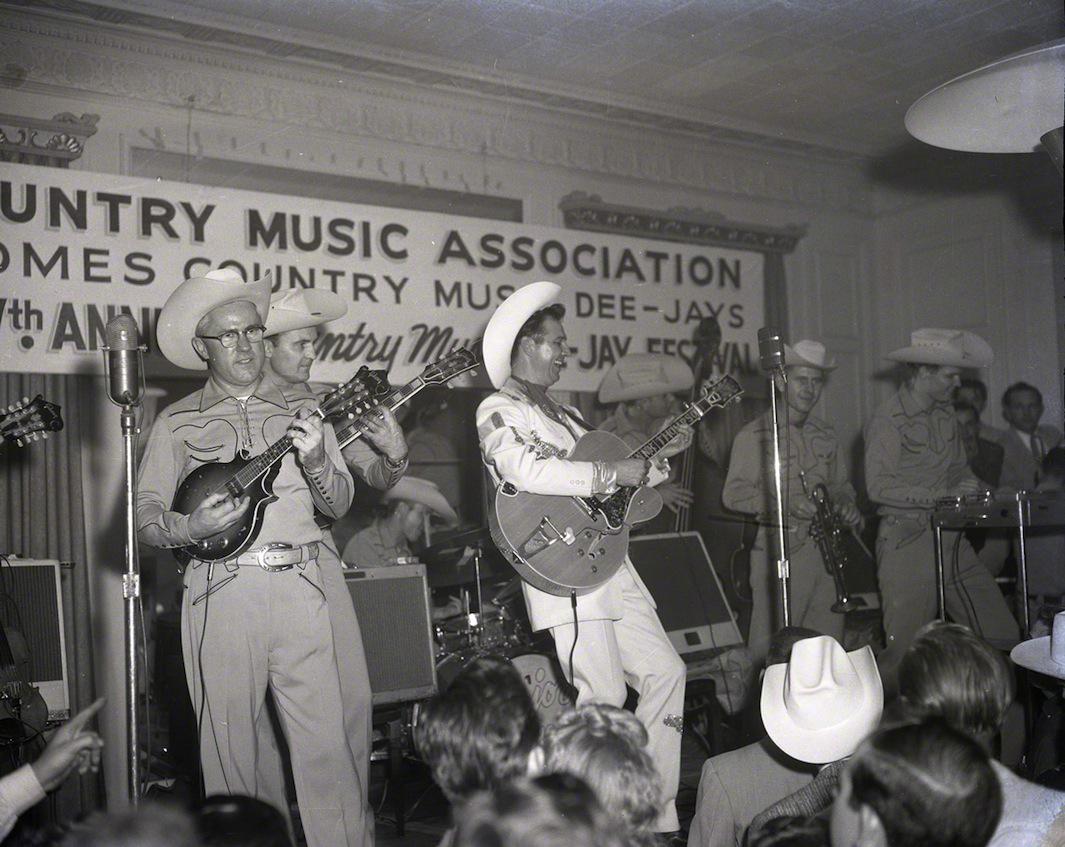The look of country music is integral to its identity. An exhibition at the Annenberg Space for Photography, “Country: Portraits of an American Sound,” explores the relationship between authenticity and aesthetics in the genre while spanning more than 60 years of its history. “There are a lot of different angles of how country music and photography mixed over the years, how photography shaped the public identity of performers,” said Country Music Hall of Fame and Museum’s Michael McCall, who is one of the exhibit’s curators. “If you’re wearing a cowboy hat and boots and a big belt buckle, those are signifiers that say, ‘I’m a country artist.’ ”
The exhibition includes a mix of documentary, portrait, and studio images. Some of the earliest photos in the exhibit are by Walden S. Fabry, a photographer who ran a portrait studio in Nashville that served country artists beginning in the 1940s. Others come from Elmer Williams, an amateur photographer who began shooting country music events in the 1950s and ’60s, only to give it up for a career as a police officer. The work of Grand Ole Opry staff photographer Les Leverett is also featured, as well as that of more contemporary photographers, including David McClister and Michael Wilson. “We had to find specific photographers who had enough work that we could feature them as part of the exhibition,” McCall said. “You end up telling the story of the photographers as well as the genre itself.”

Copyright Elmer Williams
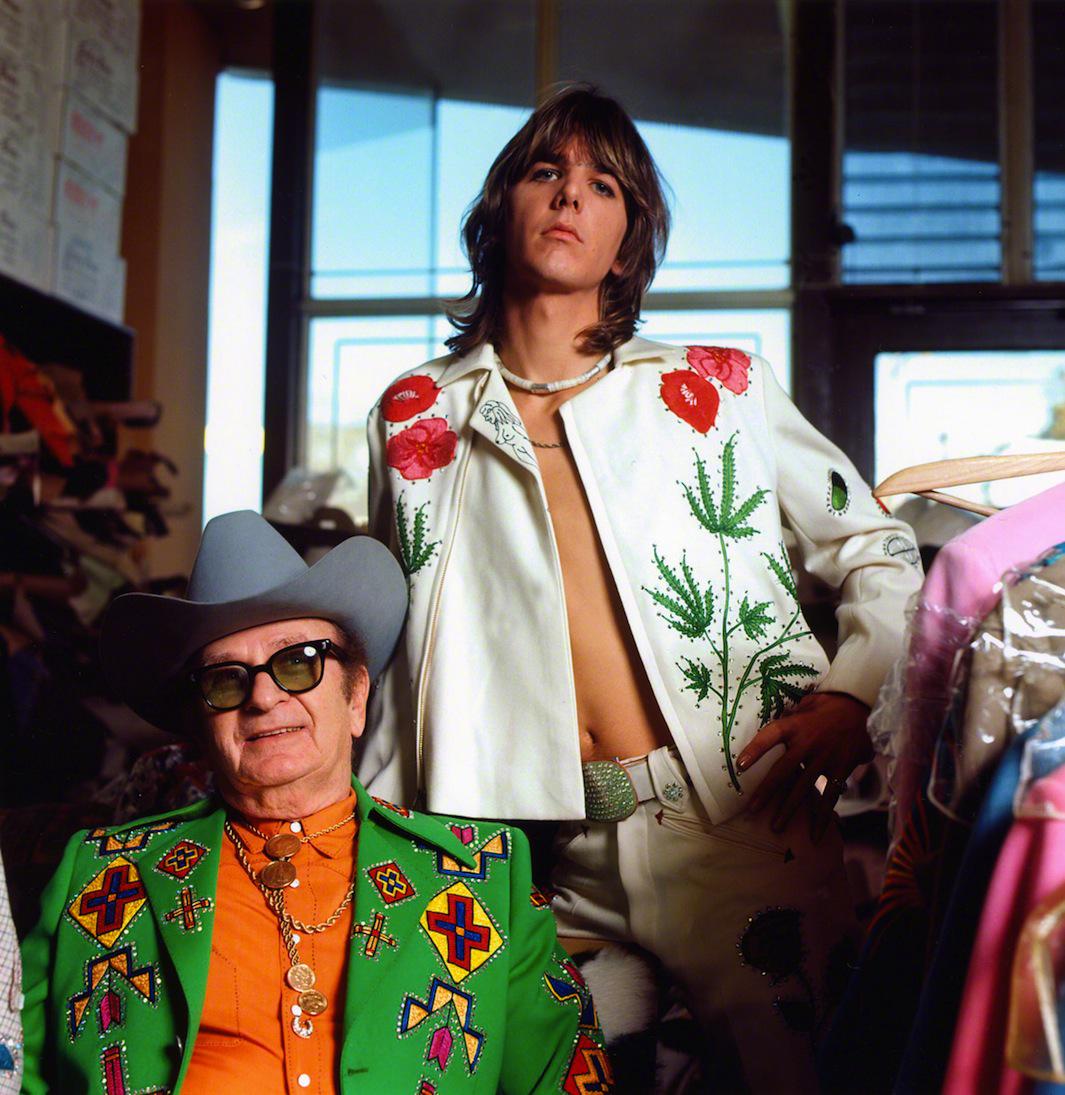
Copyright Raeanne Rubenstein

Copyright Walden S. Fabry

Copyright Henry Horenstein
The image of country music is fluid, and these photographs are proof. With time, one sees the birth of new visual signifiers of country music as well as the re-emergence of old ones, including the fluctuating popularity of cowboy hats. “In a way, you can see how the scene evolved by how people changed,” McCall said. “You see it in the way the stars dress and record their music. At the same time, the photography that was used to shoot them changed.”
The exhibition includes photographs of stars who cover a wide range of country music styles, including those who have crossover appeal into pop and rock music worlds. “It wasn’t just about showing who’s doing the most commercial or popular country music,” McCall said. “It was this idea of identifying yourself as country and the way you’re being photographed and the story you’re trying to tell.”
“Country: Portraits of an American Sound” will be on view at the Annenberg Space for Photography in Los Angeles starting May 31.
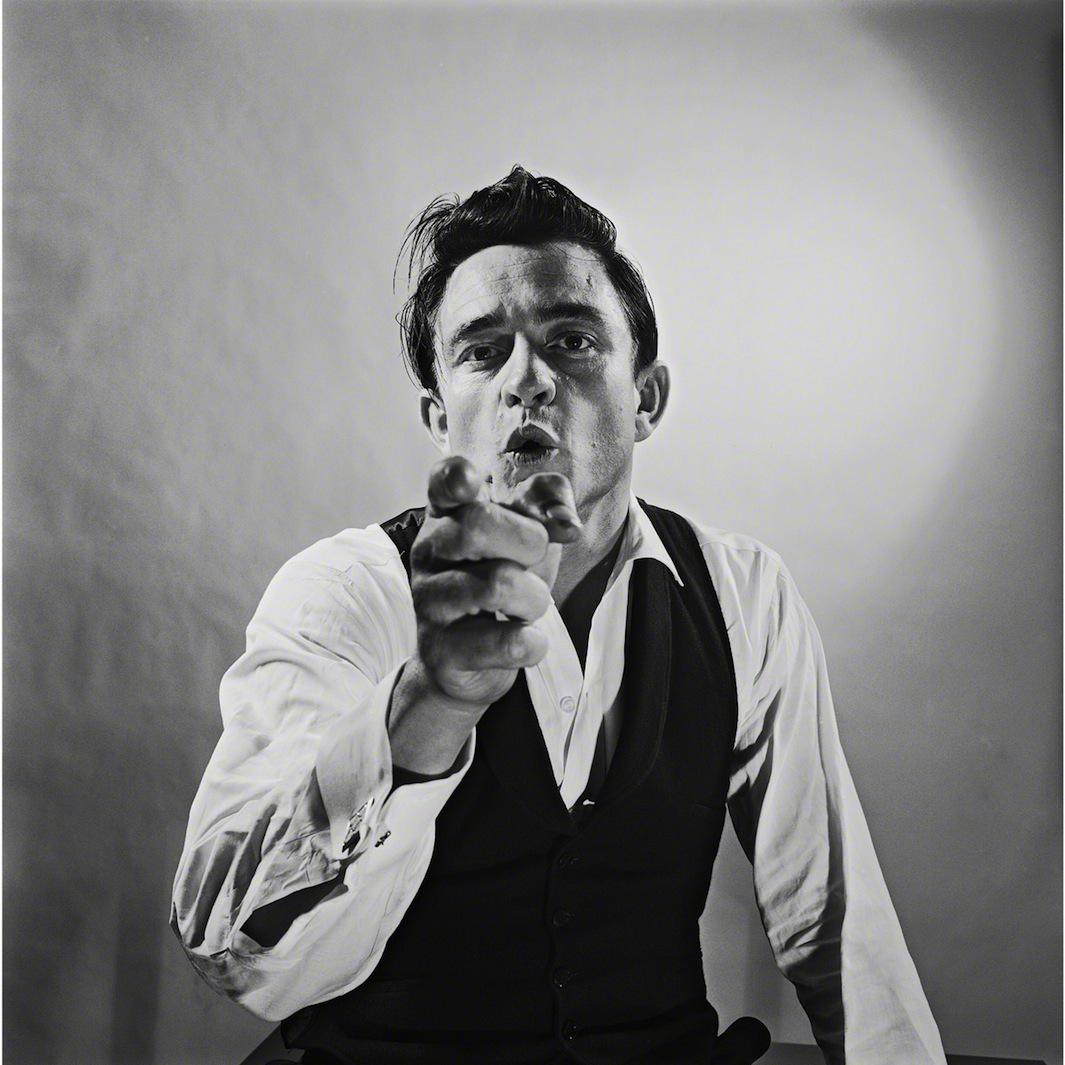
Copyright Leigh Wiener
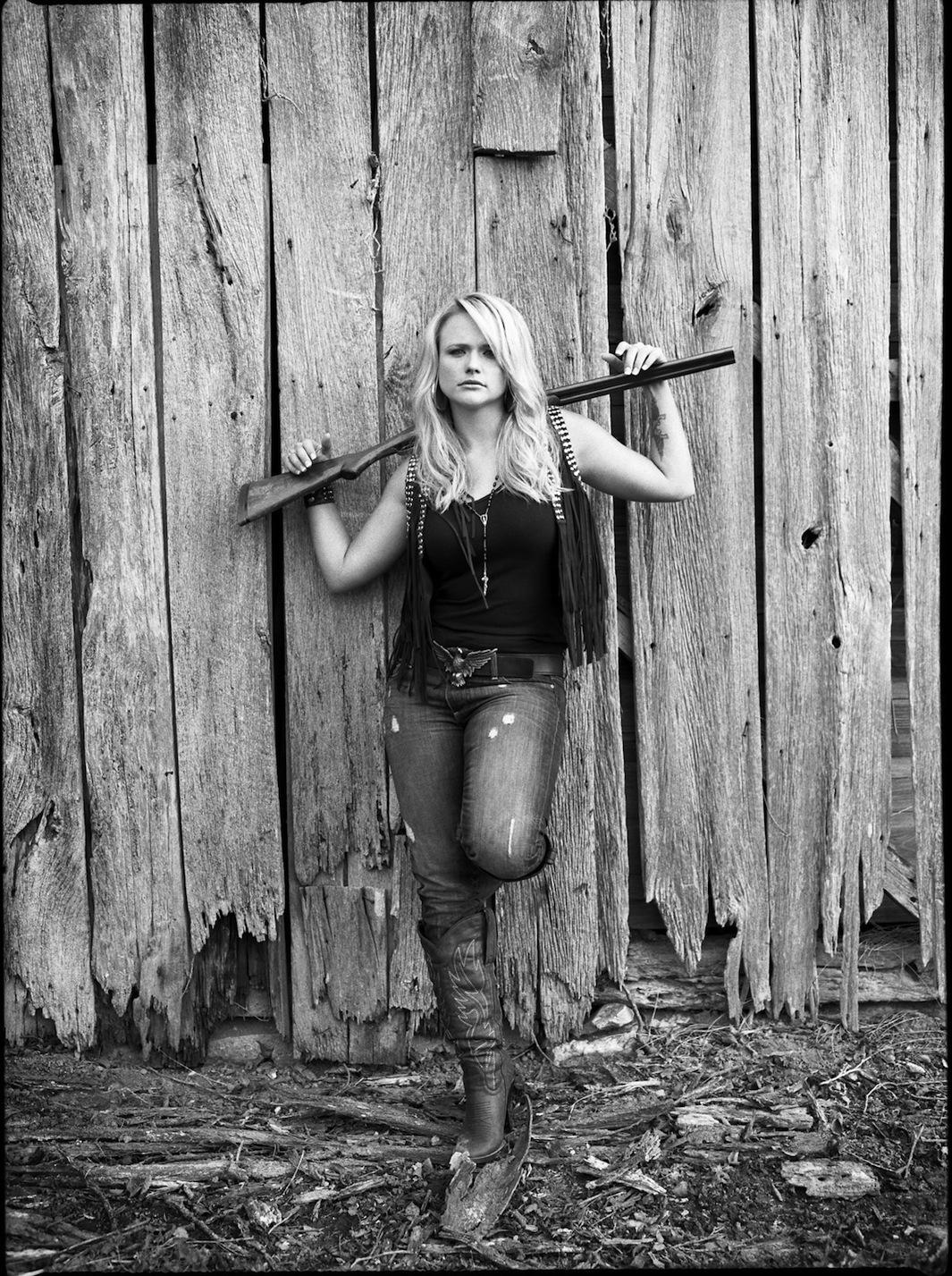
Copyright David McClister
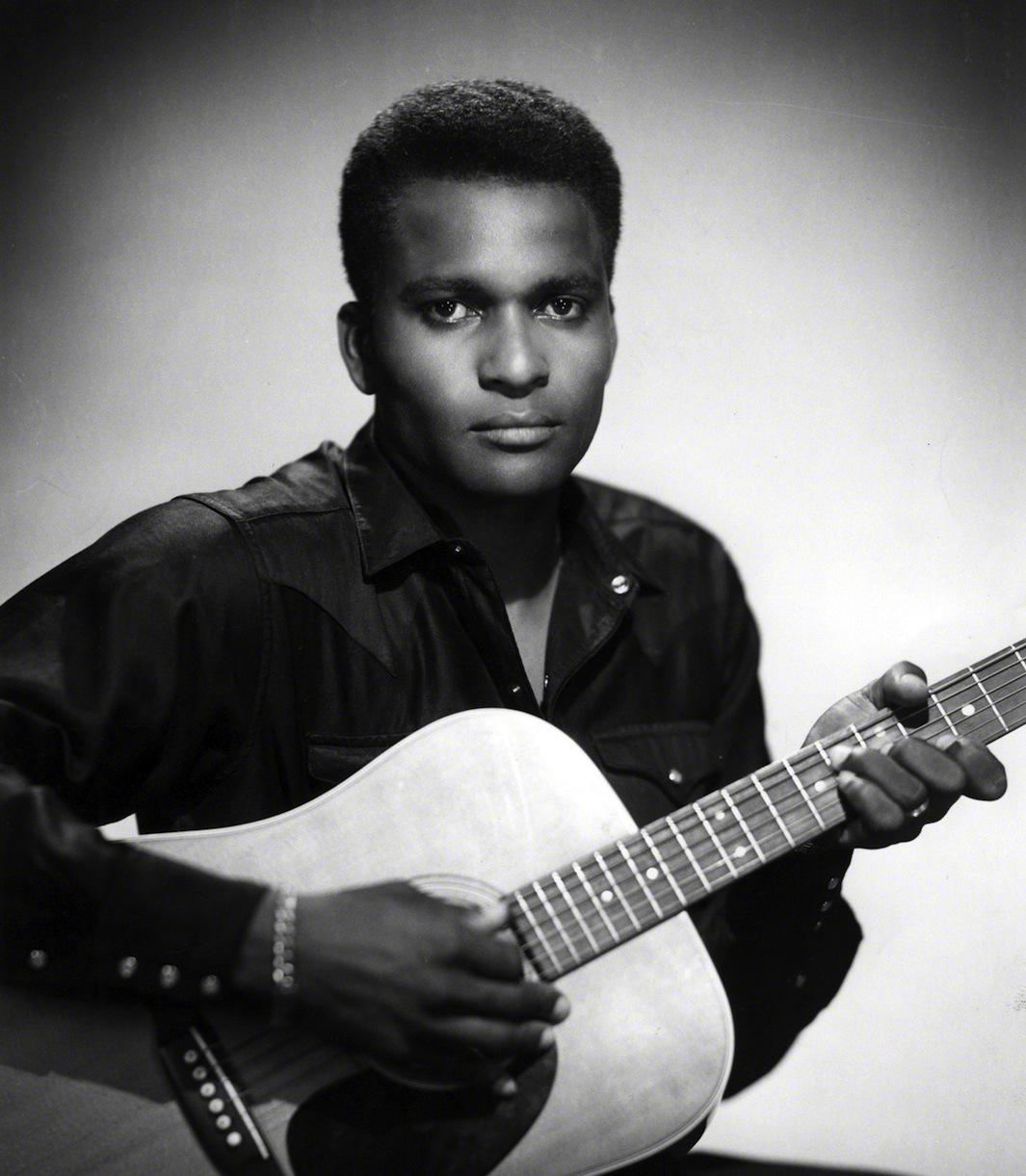
Copyright Walden S. Fabry

Earl Scruggs and June Carter on the set of the Flatt & Scruggs Grand Ole Opry Show, Paul Warren (in background), fiddler, Foggy Mountain Boys, 1961
Copyright Les Leverett
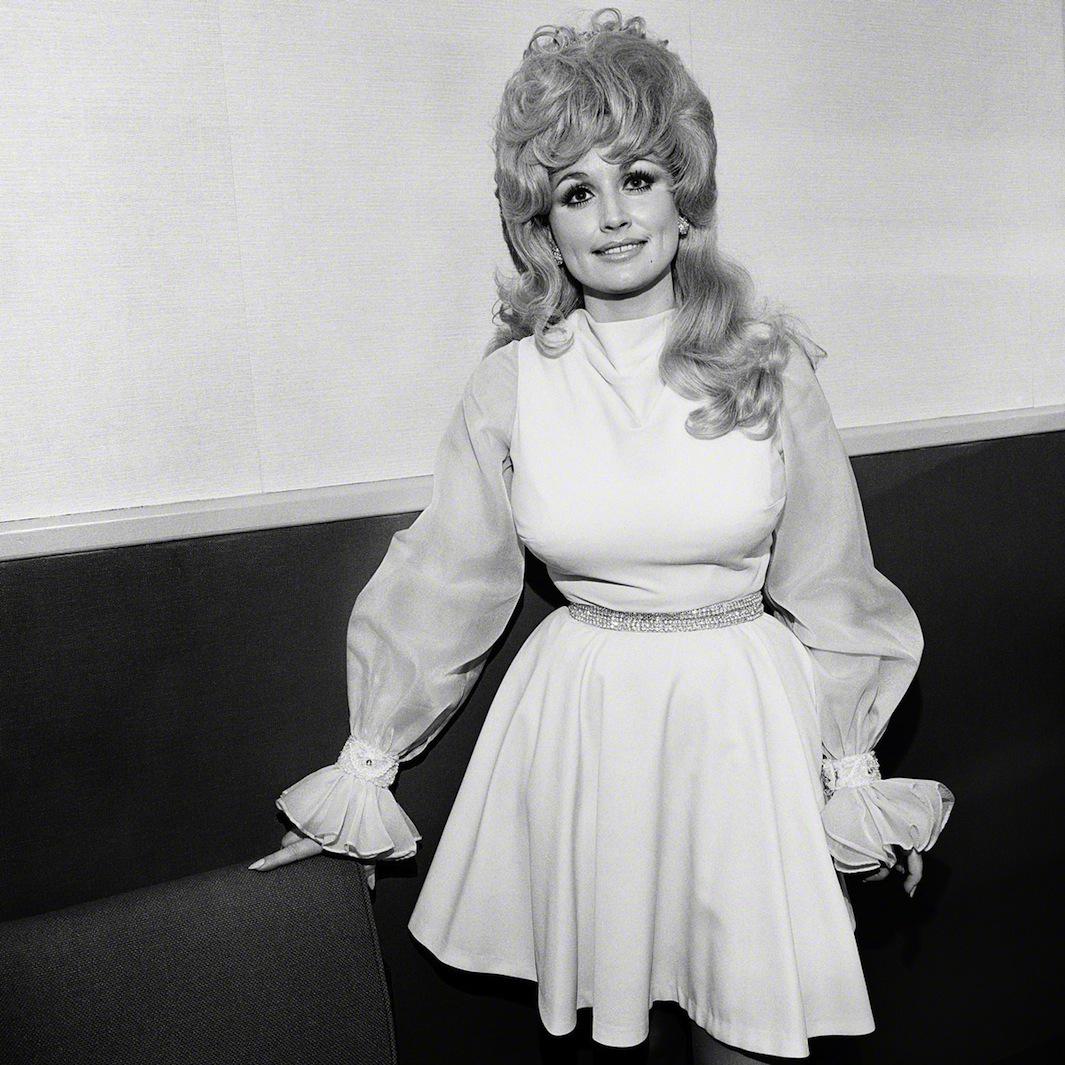
Dolly Parton, Symphony Hall, Boston, 1972
Copyright Henry Horenstein

Loretta Lynn responds to Grand Ole Opry manager Ott Devine’s invitation tojoin the Opry cast, 1962
Copyright Les Leverett
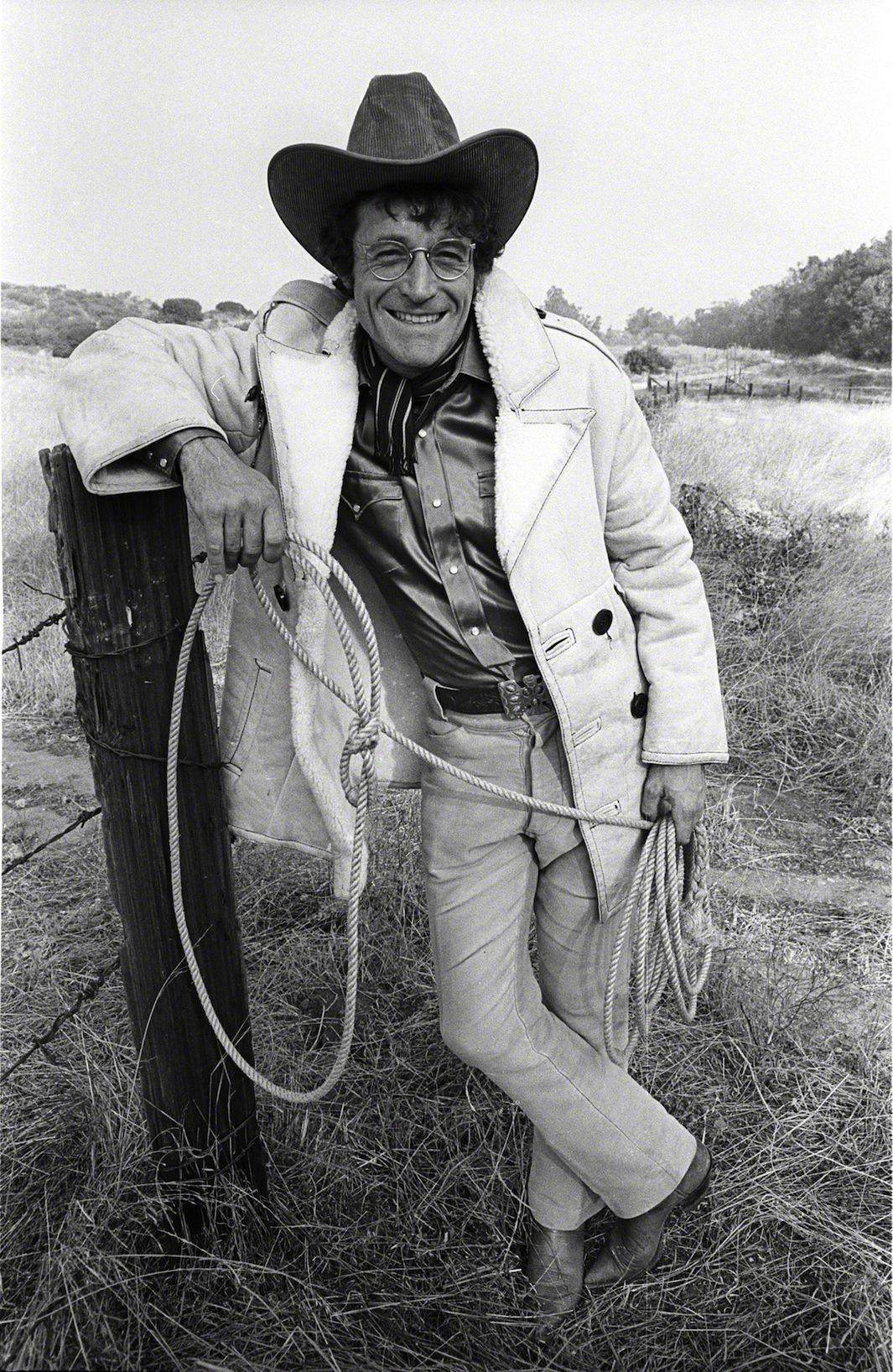
Ramblin’ Jack Elliott, California, 1973
Copyright Henry Diltz
